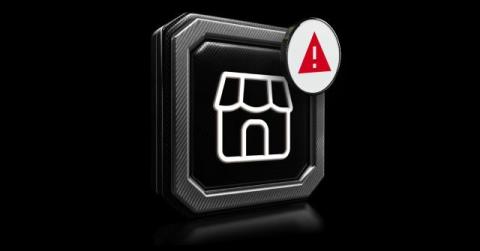Is Jailbreaking Your iPhone Safe?
No, jailbreaking your iPhone is not safe and can result in your personal information being stolen, your phone becoming infected with malware and your software malfunctioning. When you jailbreak your iPhone, you increase the number of security vulnerabilities that cybercriminals can exploit to access your private information. Continue reading to learn what jailbreaking is and why you should never jailbreak your iPhone.











